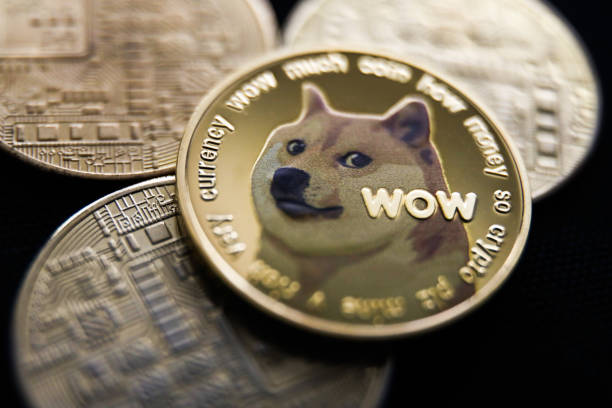Snapchat has shared some new stats on its efforts to block drug-related content, with a particular focus on fentanyl, as part of “National Fentanyl Awareness Day” in the U.S.
Fentanyl use has become a major issue in America, with the CDC reporting that synthetic opioids (like fentanyl) are now the primary driver of overdose deaths in the nation.
It’s also a big focus for Snap in particular, given various reports linking Snapchat to illegal drug dealing, due to its popularity among younger users.
And it is taking action to address such.
As explained by Snap:
“At Snap, the safety of our community is paramount. We are deeply committed to removing content associated with the spread of illicit pills and powders that may be laced with fentanyl, and proactively educating the Snapchat community about the dangers of fentanyl.”
Snap’s ephemeral messaging is another element that could benefit illegal drug trading, and as noted, various anecdotal reports have traced the app as a key source in various drug-related cases.
Snap, however, doesn’t have to share data on such, with the usage of its platform protected by Section 230, which means that the platforms themselves cannot be held legally responsible for how individuals use the app. And with Snap also focused on user privacy, there’s no definitive evidence that links Snap more specifically to the drug trade.
But either way, Snap has implemented a range of detection processes and tools to help catch out illegal activity.
According to Snapchat, in 2024 it:
- Removed more than 2.4 million pieces of drug-related content
- Disabled 516,000 accounts due to drug-related content violations, and took further steps to block the devices associated with those accounts from using Snapchat.
- Detected more than 90% of the overall illicit drug activity in the app proactively, enabling Snap’s team to remove such before user exposure/report.
For context, in Q4 2024, Facebook also removed 2.4 million posts related to drugs. In a single quarter, so on balance, Meta’s actioning a lot more of the same, though Facebook’s usage is about 4x Snapchat (in terms of daily active users), so they’re relatively on par in comparative enforcement.
The data, then, shows that Snap is undertaking significant efforts to combat drug-dealing in the app, despite working with fewer resources, while Snap also notes that it’s also working with law enforcement groups and drug prevention organizations in order to share insights and coordinate efforts.
Though it’s an evolving battle, which will never truly be won. Drug dealers change their terminology to avoid detection, and change accounts, profiles, devices, there’s a range of ways that people can use Snap, or other social apps, for illicit purpose.
Which is why it’s important for the platforms to maintain their focus, and to continue to evolve their processes in line with these shifts.












